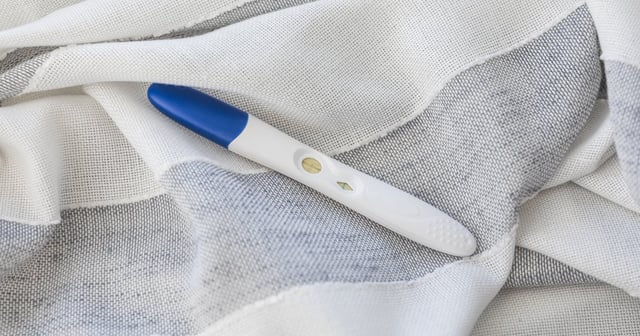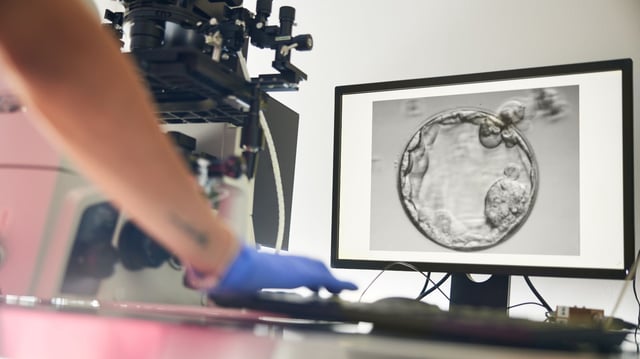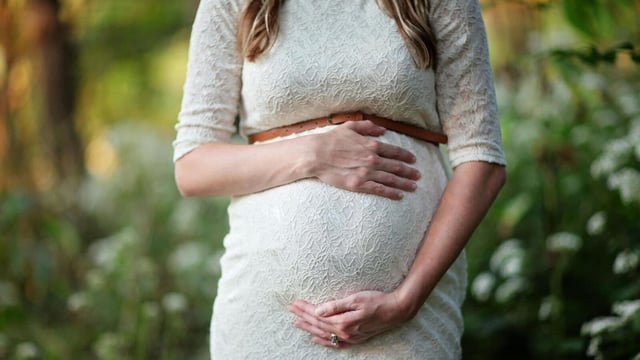Overview
- The woman conceived via the STAR-assisted IVF procedure in March and is now five months pregnant with a December due date.
- STAR (Sperm Tracking and Recovery) leverages AI-driven image analysis to scan over eight million frames and isolate rare sperm in azoospermic samples.
- Dr. Zev Williams and his team spent five years developing and validating the technology, which is currently offered exclusively at Columbia University Fertility Center.
- In validation tests, STAR identified 44 sperm within an hour in a sample that embryologists had examined for two days without finding any.
- Williams’s team plans to publish their methodology and results in peer-reviewed journals to enable adoption by fertility clinics worldwide.



